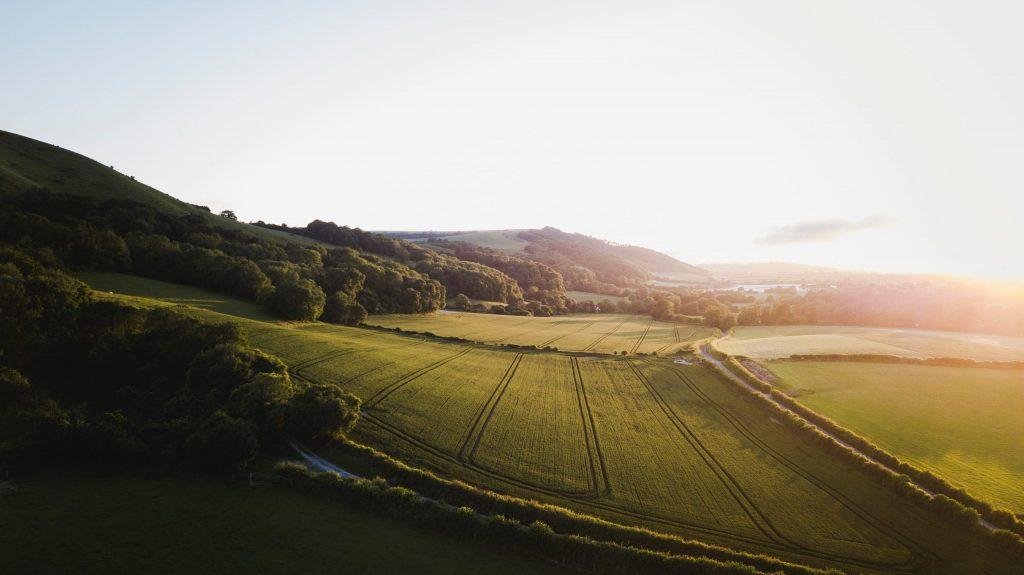Cheap gas has meant that the UK has long eaten high of the hog in terms of our energy use. Where the incentives for improved energy efficiency and energy savings haven’t been all that evident. Indeed, the war in Ukraine has intensified the energy trilemma, and now the UK is facing its first modern energy crisis.
The 1970s OPEC oil embargos caused a profound change in Danish society. While the UK had oil, coal, gas, and nuclear, Denmark was completely dependent on oil. Achieving a secure supply of low-cost energy became a national necessity, the pursuit of which has transformed Denmark from being an energy laggard to a leading exporter of energy technology.
In Denmark, heat networks now cover 50% of the building heat demand and are expected to be expanded to 70% by 2045. The Climate Change Committee (CCC) is recommending that the UK increase its heat networks coverage from the current 2% to cover 18% of the total heat demand.
The robustness and flexibility of heat networks has ensured low-cost and low carbon heat for Danish consumers. However, an increase in heat only energy production and a reduction in power generation co-producing electricity and waste heat (such as CHPs) has meant that Danish energy security policy is top of the agenda.
Renewable power will always be scarce, and with limited supplies of Russian gas, our source of energy will naturally be smaller and will need to be eked out by further lowering our energy requirements.
Danes are now subject to many of the government energy saving incentives and policies that their parents and grandparents experienced in the late 1970s – Although car-free Sundays haven’t made a return, turning down the temperature in government buildings and institutions has.
In September, the Danish government reached an agreement with the Danish Regions and the Association of Local Authorities to save energy, which means that a number of initiatives have been put into effect from the 1st of October.
The measures include lowering the temperature to 19 degrees in most government buildings and switching off outdoor lighting. For local authorities and regions, these are not requirements, but recommendations:
- The temperature inside public buildings must be lowered to 19 degrees by the 1st of October at the latest – but this does not apply to day-care centres, hospitals, and nursing homes.
- The heating season in public buildings will be shortened so that in future the heating is only switched on when the indoor temperature drops below 19 degrees.
- All unnecessary outdoor lighting at public buildings is to be switched off.
Most, if not the entirety of Danish local authorities are expected to comply. With many adding additional measures such as limiting ventilation and heating systems to run only during normal working hours. Private companies are also recommended to keep an indoor temperature of just 19 degrees.
Energy conscious behaviour is something that Danes have been force fed their whole lives, granted that this was initially driven by cost, it is also very much powered by a strong collective sense of social responsibility.
This is a stark contrast to the UK where the previous prime minister blocked a public energy saving campaign, on the grounds that this was “too invasive” and something that a “nanny state” would do.
The CCC estimates that an investment of about £250 billion will be needed to fully decarbonise homes by 2050, the equivalent of about £9 billion each year from the late 2020s to 2050. However, experience from Denmark has shown that savings of up to 20% are possible through good energy management and by converting poor energy habits into good energy habits.
